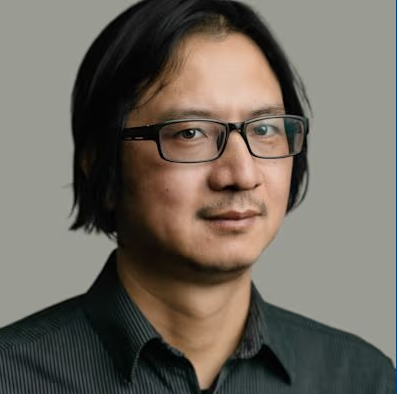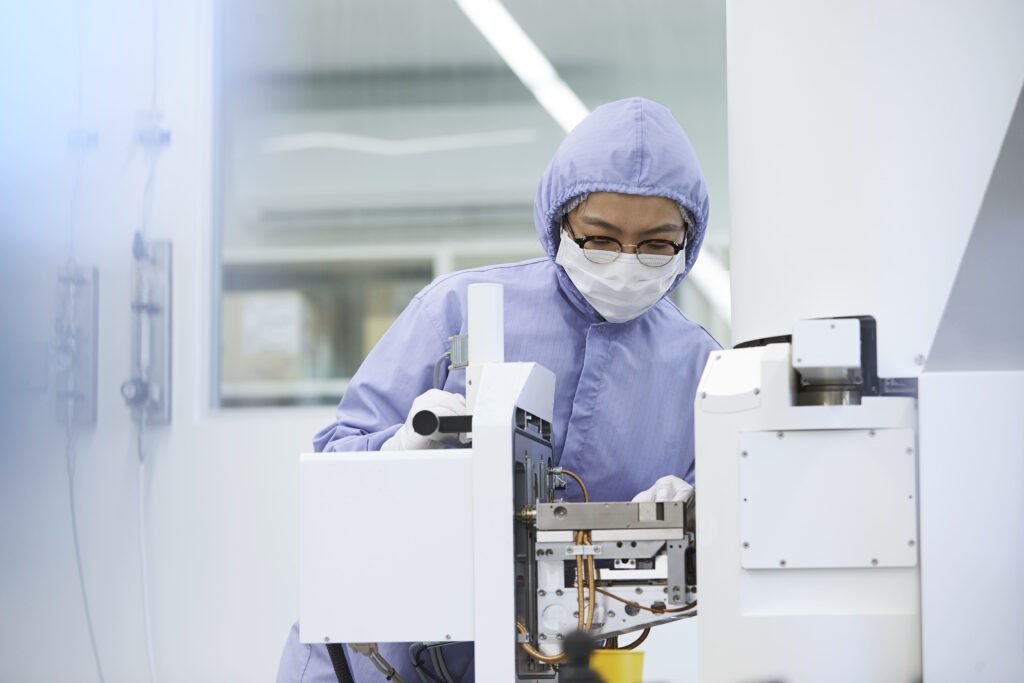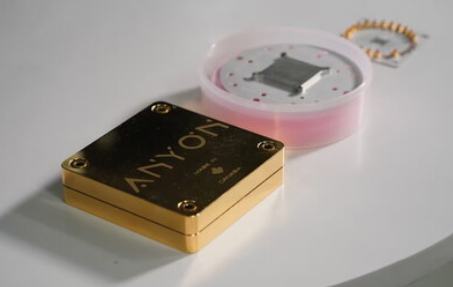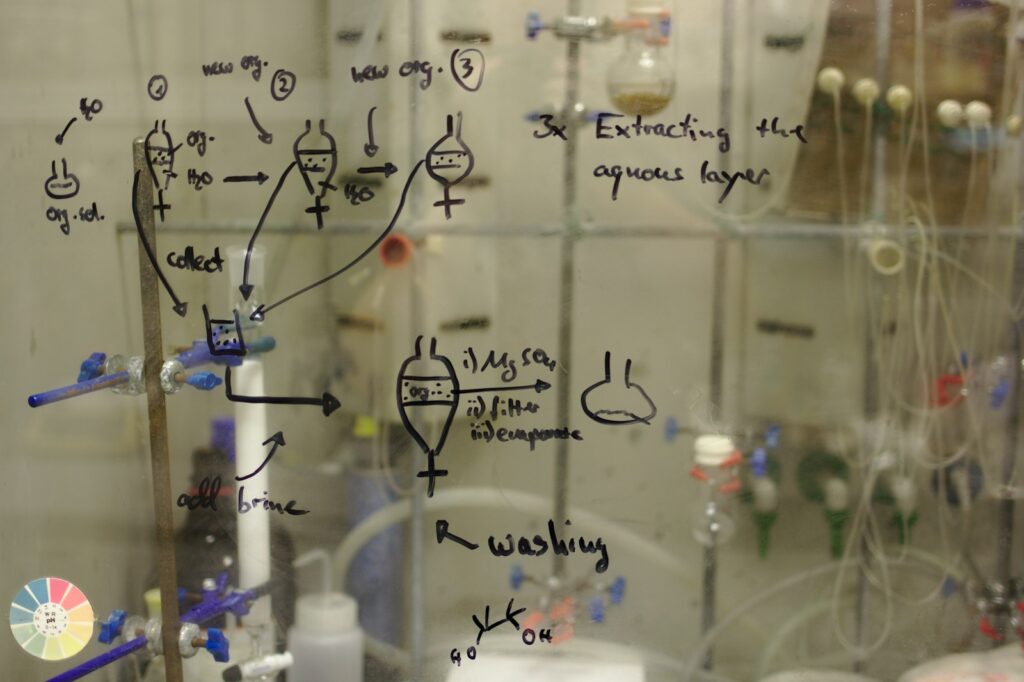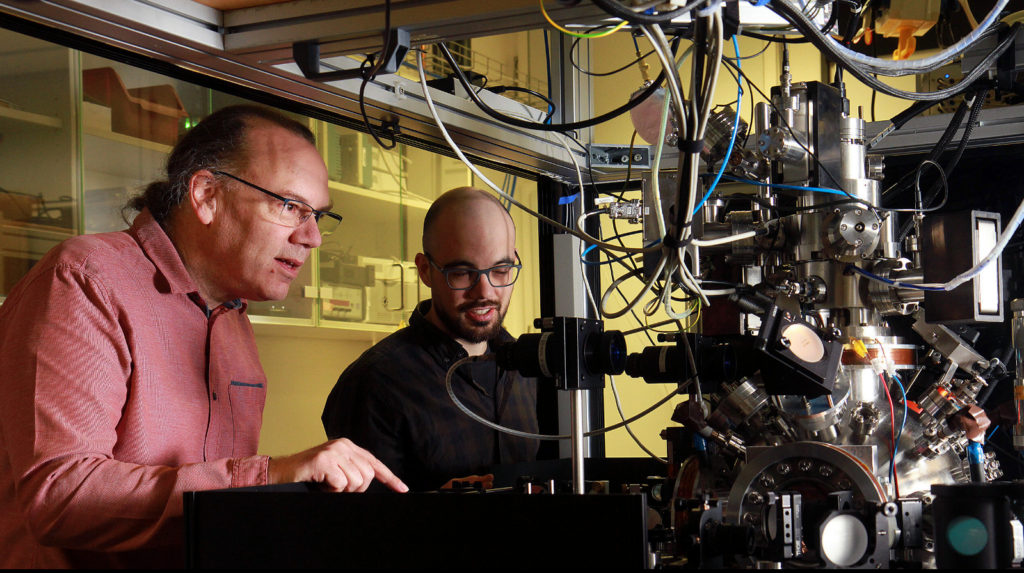Insider Brief
- Researchers at UC Berkeley have proposed a quantum algorithm that could significantly speed up sampling from complex probability distributions, a key task in scientific computing.
- The algorithm offers a provable quantum speedup by directly constructing quantum states that encode difficult-to-simulate distributions, avoiding common bottlenecks in classical methods.
- Initial simulations show promise, but real-world testing on quantum hardware is needed to validate the method’s potential in applications like molecular modeling, AI training, and statistical inference.
A team of researchers at the University of California, Berkeley has developed a quantum algorithm designed to accelerate one of the most time-consuming steps in scientific computing: sampling from complex probability distributions. If it works on quantum hardware, the approach could cut down the time needed to simulate molecular systems, train AI models, and explore energy landscapes in physics and chemistry.
The method offers a theoretical speed advantage in a class of problems that traditional algorithms find especially difficult, specifically situations where the system being studied doesn’t follow a smooth or predictable shape, but instead contains sharp ridges, deep valleys, or multiple peaks. These systems — called “non-logconcave” — are common in real-world science and engineering but remain hard to simulate efficiently.
The study, posted to the preprint server arXiv in May, is believed to be the first to offer a provable quantum speedup for continuous-time sampling dynamics in these settings.

Why Sampling Is So Hard — and So Important
Sampling is a routine but critical step in modeling complex systems. Rather than solving equations directly, researchers often use algorithms to generate many random examples, or samples, that collectively follow the rules of a system. These samples help reveal the behavior of everything from chemical reactions to market trends to machine learning models.
The challenge arises when the system’s internal structure is highly irregular. Instead of having one clear peak or basin, the system might contain several, separated by high barriers. In these cases, sampling algorithms often get stuck exploring just one region. Escaping to other regions — to get a representative view of the whole system — can take an impractically long time.
This problem shows up in everything from protein folding simulations to Bayesian statistics. As the system’s “temperature” is lowered to improve precision, which is a standard step in simulation, the barriers become even harder to cross, leading to what researchers call metastability: the tendency to get stuck in local pockets.
The Quantum Alternative
The Berkeley team takes a different approach. Instead of walking through the system step-by-step, as classical algorithms do, they construct a quantum state that directly encodes the full probability distribution of the system. Sampling then becomes a matter of measuring that state.
The key insight is that the desired distribution can be linked to the ground state — or, lowest energy state — of a mathematical operator that describes the system’s behavior. The researchers use this connection to design a quantum algorithm that finds this ground state using techniques from quantum linear algebra and quantum signal processing.
Unlike previous quantum approaches, which modified classical sampling routines, this method works at the operator level, sidestepping many of the pitfalls that slow down traditional methods, such as time discretization or step-size tuning.
Speedup Tied to System Dynamics
The algorithm’s performance is tied to a quantity known as the spectral gap, which governs how quickly a system settles into its equilibrium state. In classical algorithms, a small spectral gap means slower convergence. The Berkeley team shows that their quantum method depends only on the square root of this quantity, giving it a clear theoretical speed advantage.
This square-root improvement may sound modest, but in systems with extremely small gaps — such as those with sharp energy barriers — the difference becomes meaningful. For some problems, the algorithm could reduce simulation times by orders of magnitude.
The study also extends the algorithm to a widely used sampling method known as replica exchange, or parallel tempering. This technique runs multiple simulations of the same system at different temperatures and swaps configurations between them to overcome energy barriers more efficiently.
The researchers adapt their quantum framework to handle replica exchange directly. By encoding both temperature layers and the swap mechanism into a single quantum operator, they demonstrate that the same square-root speedup applies.
Methods
To support their claims, the team simulated their quantum algorithm on classical machines using small benchmark problems. In one test, they applied the method to a rugged energy landscape known as the Müller-Brown potential — a common test case in chemistry. Compared to a classical algorithm, their quantum method reached similar accuracy using fewer computational resources.
These simulations are limited to low-dimensional systems, as simulating quantum behavior on classical machines quickly becomes infeasible. But the results offer early evidence that the method works as intended and would scale favorably on quantum hardware.
Next Steps
The algorithm has not yet been run on an actual quantum computer, so it will be critical to test it on actual quantum devices. But the researchers believe their work marks an important step toward practical quantum sampling. By reframing the problem in quantum terms — rather than adapting existing classical strategies — they create a path for future hardware to deliver tangible advantages in real scientific applications.
If further developed, this method could find use in any domain where complex distributions must be explored quickly and accurately, including physical chemistry, statistical inference and advanced machine learning.
If you are looking for a deeper dive into this work, the research paper — available on arXiv — is quite technical and offers more information than this summary news article.
Pre-print servers, such as arXiv, are used by researchers to distribute their work in fast-changing fields, such as quantum science. However, these works have yet to be officially peer reviewed, a key step in the scientific method. Likewise, this article should not be considered a peer-review attempt.
The research team included Jiaqi Leng, Zhiyan Ding, Zherui Chen and Lin Lin, all of University of California, Berkeley.













